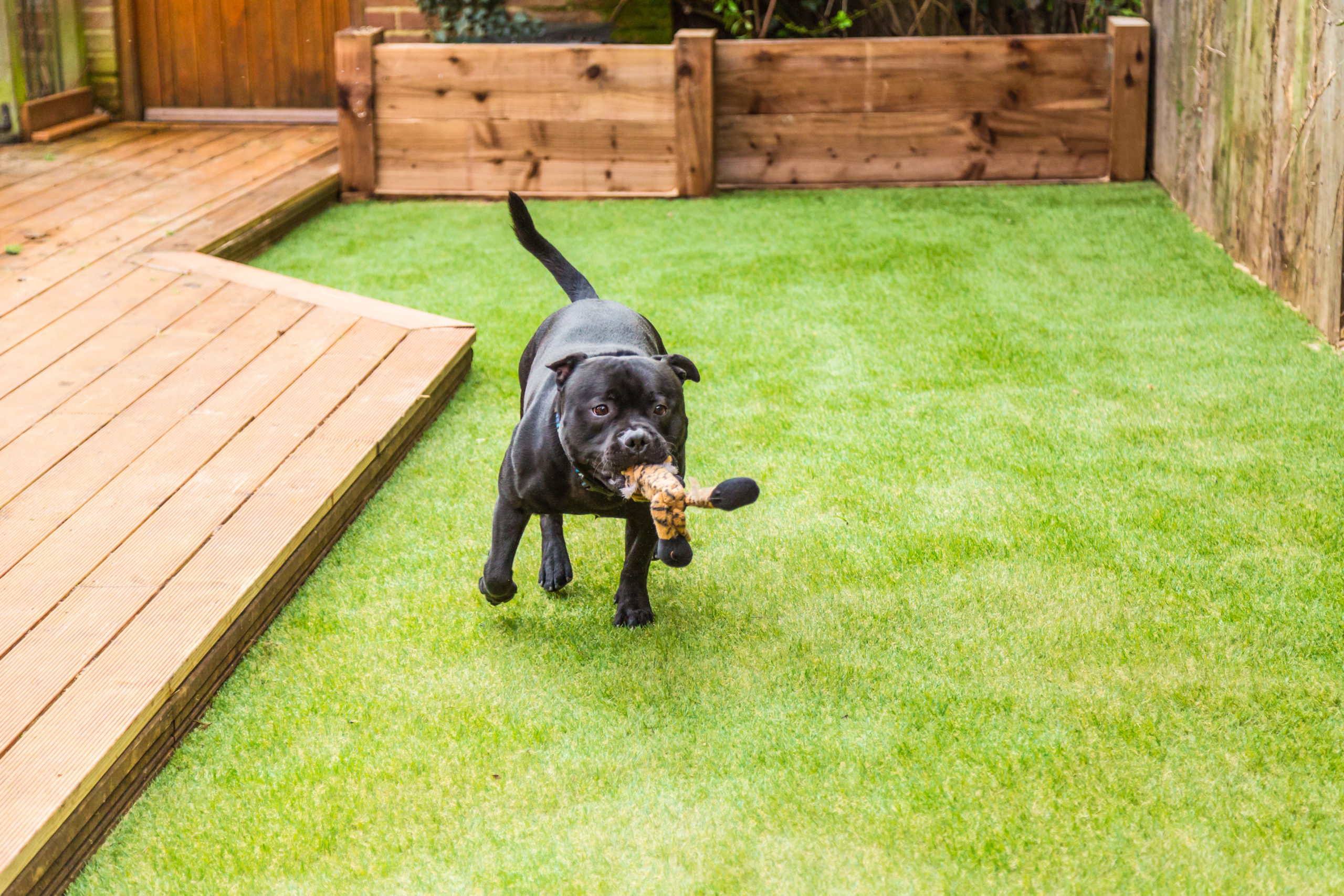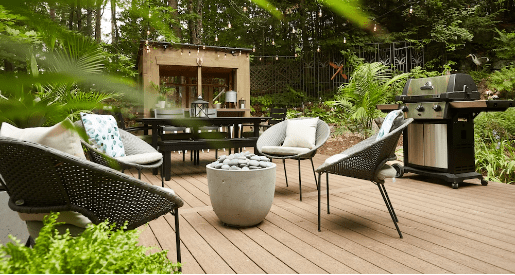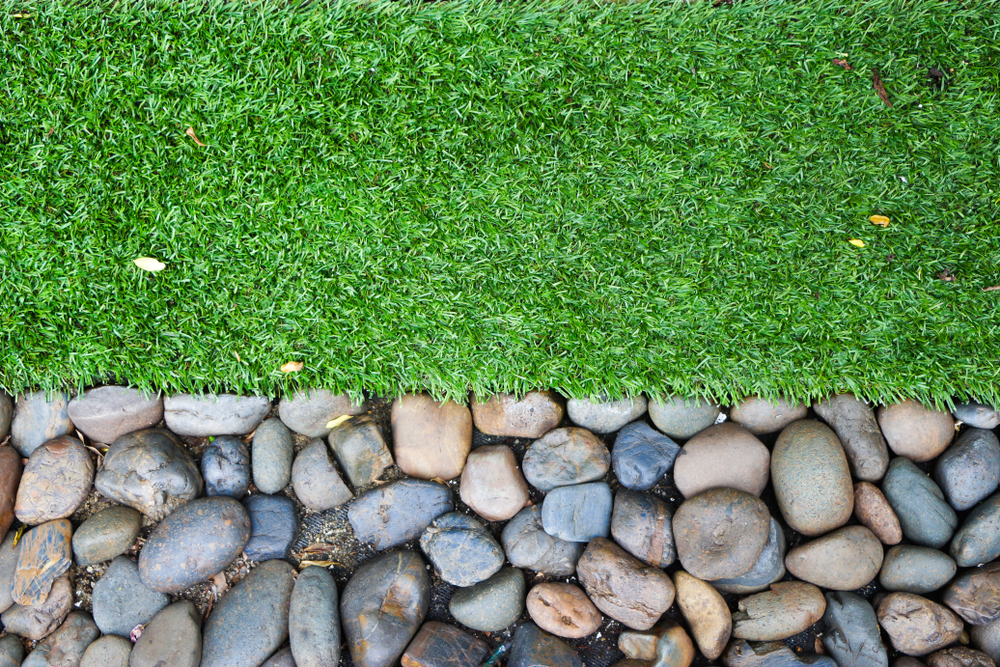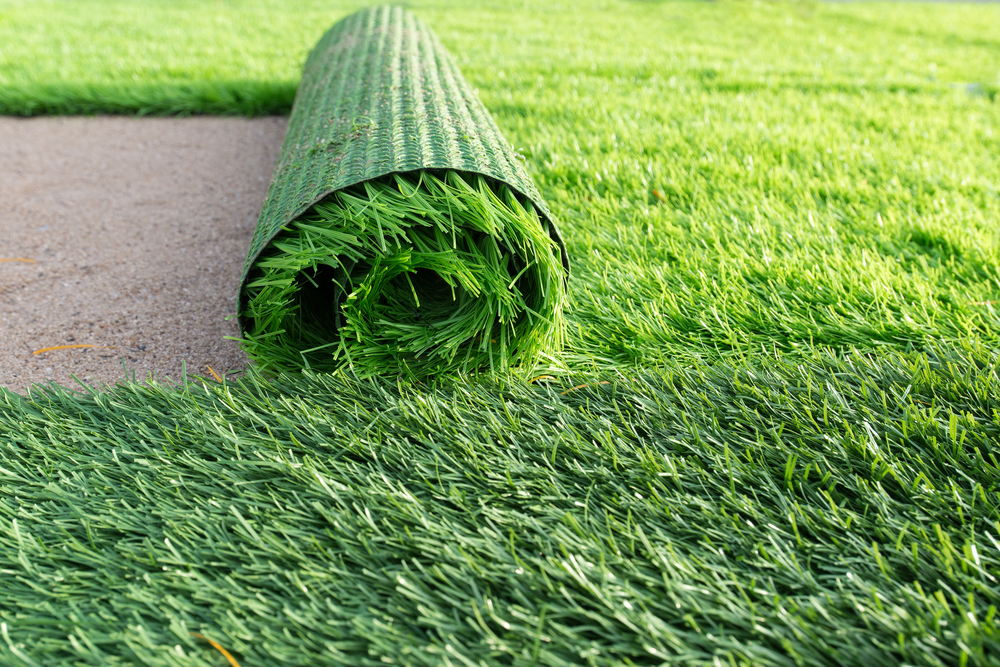 Artificial Grass and Pets: Everything You Need to Know
Artificial Grass and Pets: Everything You Need to Know
Many pet owners are understandably frustrated with cleaning every time their dog goes out in the yard. The dirt they bring into the house not only wreaks havoc but can also cause foul odors, even bringing unwanted pests like fleas and ticks. Additionally, natural lawns can present several potential health risks for your dog. It is for these reasons that artificial turf installation is becoming increasingly popular among pet owners. The following are some tips on using artificial turf with pets.
Choosing the Right Artificial Turf
This is the first step when it comes to owning an artificial turf with pets. Before you start distributing artificial turf, you should make sure the turf you’re looking at is designed to be pet-friendly, with properties like superior drainage and antimicrobial materials. Also, when considering the installation of artificial turf, it is crucial to determine which filler material will be used. Backfill is the layer that exists under the artificial grass and some materials may be healthier for animals than others. Make sure to inform the specialist that you have a pet before they install the artificial grass. To prevent bad odors, they can include additional features to the lawn, like a turf deodorizer or a membrane between the base and turf.
Pet Waste
People with pets have to deal with pet waste. Artificial lawns are pet-friendly. They won’t wear down as quickly as natural grass due to pet waste. Plus, pets like to relieve themselves in the same spot, so you only need to clean a small area. Remove solid waste with a doggy bag or a poop scooper. After, hose down the site to get rid of the residue and the smell. A hose is enough to wash away urine. Urine and feces can discolor and eventually kill natural grass leaving large, bare patches. If left to accumulate, animal droppings get moldy and foul smelling. With artificial turf, you still need to pick up your pet’s waste, but if you do this right away and rinse the area with some water, you’re fine. Urine and water flow through and the grass dries quickly. Most brands of artificial turf contain an antibacterial agent that further helps reduce odors and control contamination. It is also good to know that it is almost impossible to dye artificial grass.
Urine Odor
When it comes to artificial turf, there is one thing you need to keep in mind: odor. Even the best artificial turf will eventually emit an odor if your pet pees and poops on it. To make sure your lawn stays clean and odorless, you may want to water your pet’s favorite urination area more often. It is also advisable to keep a bottle of grass urine odor neutralizer on hand, which will help prevent lawn odors with quick and regular treatments of the area. Make sure you let your installer know you have pets when you make your installation appointment. If your artificial turf in Las Vegas smells like dog pee, you should deodorize those areas to remove the odor. Start by watering the area with a garden hose. Then prepare a vinegar solution of equal parts of vinegar and water. Spray the area with this solution and rinse with clean water. Vinegar is a natural, non-toxic, safe deodorant for pets. It is also a great way to eliminate bad smells inside the house. You can also purchase artificial grass cleaner.
Some pet owners choose to create a separate bathroom for their pets to make lawn care even easier. It could be a patch of dirt or gravel in a side yard or other location. Dogs can often be trained to use these separate areas, making them viable for owners who don’t want to clean pet waste from their synthetic turf. Keep in mind that this isn’t necessary, as artificial grass is an ideal option for pet owners, especially when compared to natural grass.
Fleas and Ticks
Natural grass provides the perfect environment for many disease-carrying parasites such as fleas, ticks, and mice. These nuisances are capable of burrowing into the deepest layers of grass and nesting in your yard, waiting to jump on your pets and enter your home. The unique construction of artificial lawns eliminates this threat by making your garden an inhospitable place for rest and pests. Also, since pests can’t live in artificial grasses, there’s no need to spray the garden with potentially harmful pesticides, which is a routine process when you have a natural lawn. However, it is difficult altogether to completely get rid of parasites such as fleas and ticks. Artificial turf does not allow these pests to live inside the blades of grass. However, it cannot guarantee 100% removal. Although there is no soil to support their nesting, the accumulation of debris and leaves can create a suitable environment for breeding. If you keep an artificial lawn clean, you can significantly reduce the risk of fleas and ticks.
Fur
Garden vacuum cleaners will work best here. Alternatively, take a stiff broom and, brushing with the fibers, push the broom into the grass and slide the broom up and down the lawn in one continuous motion. Make sure the broom stays firmly in contact with the lawn without using brush strokes. It removes hair just like a garden vacuum cleaner. Typically, this activity will need to be done once or twice a year, depending on usage.
Tearing and Ripping of Artificial Turf
When the artificial turf is properly installed, it will not be torn or lifted by the dog. Likewise, there are many different methods for choosing the best artificial turf, but they all depend on what you need it for. However, a contractor can install edge retainers to prevent the dog from grabbing the edge of the grass to tear it. The edges are generally made of treated lumber, plastic composite lumber (which will not rot), steel edging, or some form of concrete edging. The installer should “wrap” the grass around this edge and secure it so that the edge does not lift it.
If you prefer to use a rail, it is best to install it around the perimeter of your lawn. One option is to use a wooden or plastic railing system without any other containment element such as a chicken wire. This makes installation straightforward. All that needs to be done is secure the rails, so they do not move up and down with the dog’s weight. If you are unsure of what to do in your situation, please consult an expert. Likewise, if you are uncertain of what to do in your situation, please consult an expert.




